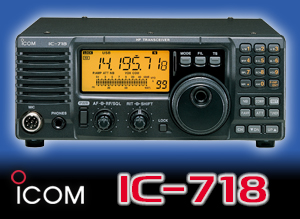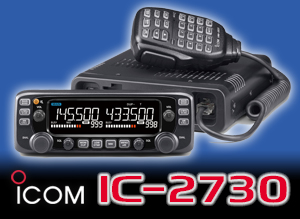Propagation News – 27 July 2025
It was a bit of a mixed bag last week. The first half saw settled geomagnetic conditions, but from the 22 July we had a disturbance thanks to output from a solar coronal hole.
This saw the Kp index rise to 4.67 and ultimately 5. The stream from the Sun reached around 730 kilometres per second, while the Bz component of the interplanetary magnetic field, or IMF, was mostly neutral with a few brief periods when it pointed slightly south.
So, its effects were perhaps not as bad as they could have been. The coronal hole has now rotated out of view, so we may have some better days. Meanwhile, the solar flux index has been in the range of 140 to 150, which is pretty good.
There were no M-class or higher solar flares over the past week, which is unusual.
So overall, HF propagation was humming, at least until the Kp index hit 5.
Maximum useable frequencies, or MUFs, over a 3,000km path during daylight continue to be around 21MHz, but often dip to 18MHz at times. Night time conditions can be variable. If the 14MHz band isn’t open for you, try 10MHz.
Earlier in the week, some daytime tests with WSPR on the 20m band saw stations logged from Australia and the far west of Canada. DP0POL, the Polarstern research vessel doing work in the Artic, was also logged.
Next week, NOAA predicts that the solar flux index may decline slightly to be in the range of 130 to 135. Geomagnetic conditions are predicted to be settled until the 1 August when the Kp index could rise to 4. This period of unsettled conditions, with reduced MUFs, could last until the 4 August.
VHF and up
We will see the return of a weak ridge of high pressure today. This will last until the middle of the coming week.
The second half of the week will be a little more unsettled with some occasional spells of rain. This suggests that some Tropo is possible, before a gradual swap over to rain scatter. However, high pressure near the Azores may still influence the western side of Britain.
This week will see the peak of two meteor showers, the Alpha Capricornids and Delta Aquariids. These are worth checking out, if only to get your practice time in before one of the major showers of the year – the Perseids on the 12 and 13 August.
Barely a day passes without some auroral alert and this can be an exciting mode. Several good indicators are available such as when the Kp index is above 5, or watery-sounding signals on the 40 and 20m bands. If you hear these, try looking north on the 6, 4 or 2m bands.
Sporadic-E continues to be mentioned on the clusters somewhere in Europe on most days. But remember that it’s a very localised mode and is rarely available for everyone at the same time.
The best way to track it down is to use the clusters, and a good list of beacons, to see who your ‘locals’ are working on FT8. It’s a very hit-and-miss mode. Meteor activity is a good indicator whereas a high Kp index is a bad one. Whether it happens is often a balance between many opposing components. So, even a potentially good day may not be good where you are.
The good news is that the last openings of the summer can occur into the first week of September.
Moon declination is still positive but going negative again on Tuesday the 29 July. Moon windows and peak elevation will reduce. Path losses are rising now as we are past perigee. 144MHz sky noise starts the coming week low but will rise to moderate by the weekend.
Category: GB2RS Propagation News











